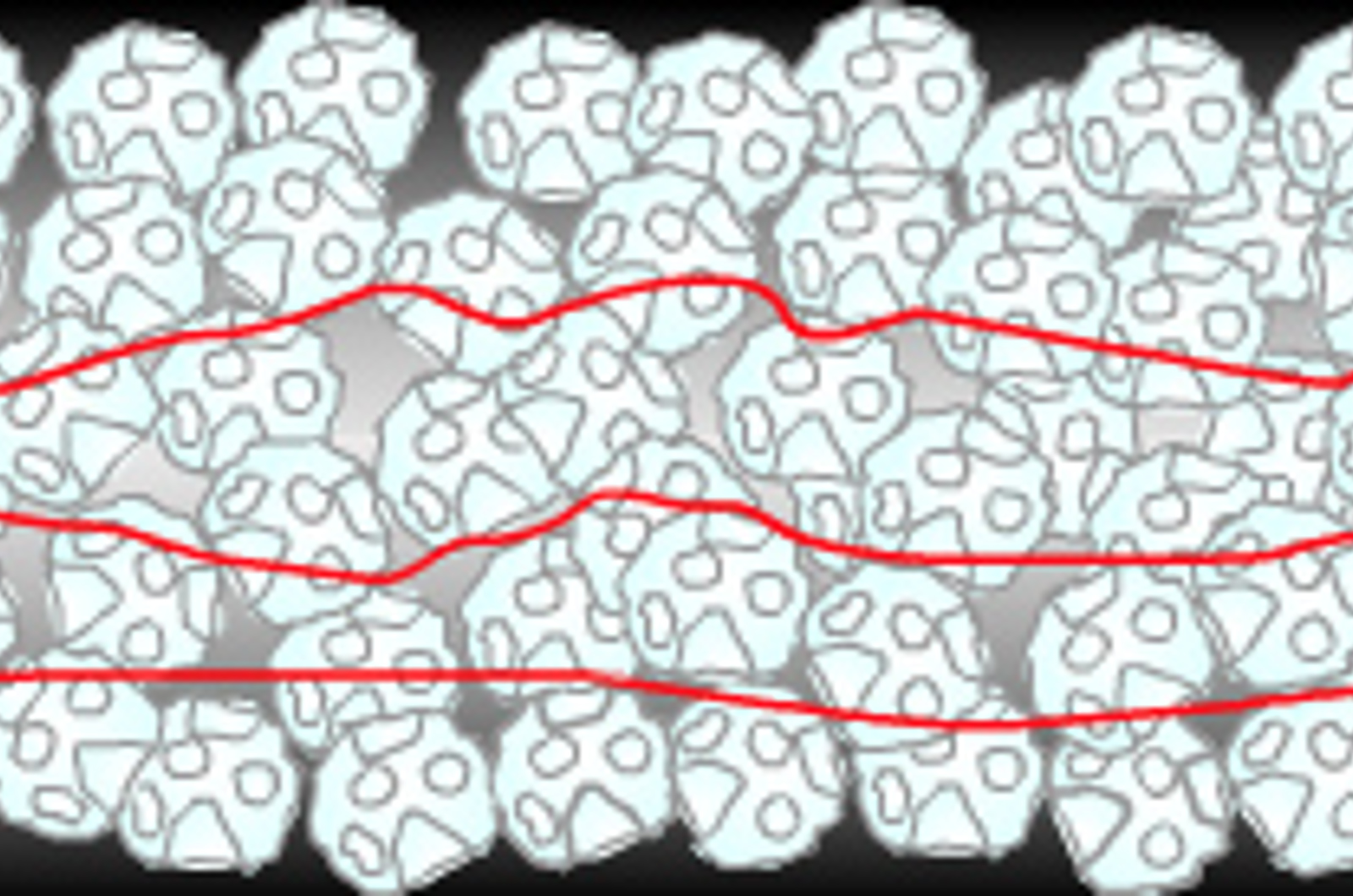GC Band Broadening
Band broadening is a phenomenon that reduces the efficiency of a GC separation; leading to reduced resolution and poor chromatographic performance. This is problematic in terms of both the quality of the separation obtained and the accuracy with which sample components can be quantified. The degree of band broadening (loss of efficiency) naturally increases with the age of the column being used, but strategies exist to slow these processes and to optimize column and instrument performance to ensure maximum efficiency and minimum band broadening.
The aims of this module are to illustrate and explain the principles of band broadening in GC, as well as the van Deemter and Golay equations. The effects of eddy diffusion, longitudinal diffusion, and mass transfer on the efficiency of chromatographic peaks will be explained. It will be shown how to use the van Deemter coefficients to illustrate how to optimize the efficiency of chromatographic separations and to reduce band broadening.
At the end of this topic you will be able to define the variables in the van Deemter and Golay equations, illustrate how each of the band broadening mechanisms affects peak shape in practical GC, describe strategies for reducing band broadening and optimizing chromatographic efficiency, appreciate the importance of efficiency as a primary separation influence in capillary GC, illustrate how you would overcome or reduce band broadening in a practical situation, and recognize that the nature and linear velocity of the carrier gas used has a primary influence on the GC separation.
Topics include:
- Importance of efficiency in GC separations
- Van Deemter and Golay equations
- Eddy diffusion
- Longitudinal diffusion
- Stationary phase mass transfer
- Mobile phase mass transfer
- Stationary phase film thickness effects
- Column internal diameter effects
- Carrier gas flow rate effects
- Effect of carrier gas type on efficiency

